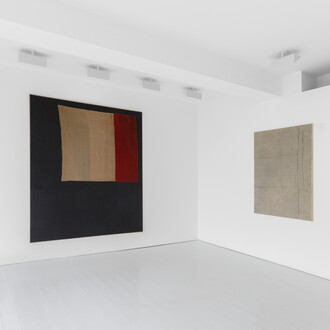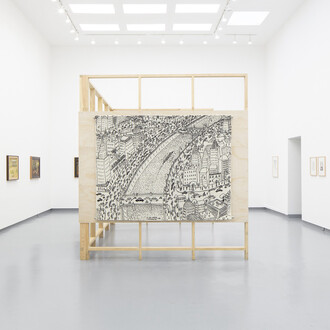From 12 April until 6 October 2019, the Hilti Art Foundation is presenting photographs of the German artist Thomas Struth (* 1954) from its collection. In this self-curated show, Struth combines his works with paintings and sculptures from the Hilti Art Foundation collection, thus placing them for the first time in his international exhibiting career in an iconographic and aesthetic context with artworks from the 19th and 20th century.
Thomas Struth, who studied under Gerhard Richter and Bernd Becher at the Düsseldorf Art Academy from 1973 to 1980, has combined his photographs primarily into groups of works with such titles as Unbewusste Orte (Unconscious Places), Museum Photographs, Kultstätten (Cult Sites) or New Pictures from Paradise. On a global scale, he has trained his eye on streets, squares and buildings in various cities in different countries, on religious buildings and museums, including their visitors, or on the thicket of indigenous and non-European vegetation. Since around 2007 he has been increasingly interested in the complexity of industry, technology and research.
The photographs in the exhibition also concentrate on these aspects. Spread across all three floors of the building, the presentation of works is divided into the themes of People, Technology, Urbanity, Nature and Cult Spaces. The paintings and sculptures that Struth selected from the collection accompany the photographs as equals, revealing analogies in terms of both content and form. At the same time, they intensify the dialogue and the contrast between genres and epochs, for example when photographs of the Prado Museum in Madrid with baroque paintings and photographs of the Siemens Schaltwerk in Berlin with high-tech machinery are juxtaposed with the classical human figure of Wilhelm Lehmbruck. In the same sense, Struth also combines his photographs with works of Picasso, Klee, Léger, Mondrian, Giacometti, Wols, Klapheck or Richter.













